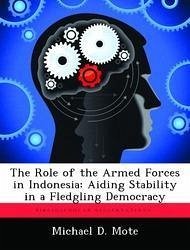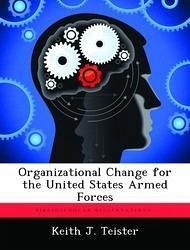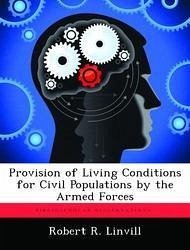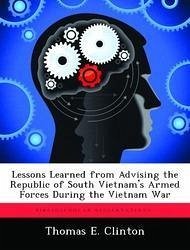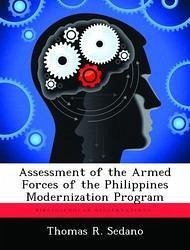Nicht lieferbar

Evaluation of the Performance of the Medical Examination for Entrance Into the Armed Forces
Versandkostenfrei!
Nicht lieferbar
The purposes of this study were to determine whether or not a medical examination of the form and scope prescribed by various regulations is performed on every individual processed for induction or enlistment into the armed forces, and to evaluate the professional satisfaction of the Medical Officers assigned to the Allied Forces Examining and Entrance Stations (AFEES). In February 1971, a questionnaire was sent to the 139 Medical Officers assigned to the 74 AFEES, The 90 usable questionnaires returned represented a 64.7 per cent response. An analysis of the data obtained revealed that 60 resp...
The purposes of this study were to determine whether or not a medical examination of the form and scope prescribed by various regulations is performed on every individual processed for induction or enlistment into the armed forces, and to evaluate the professional satisfaction of the Medical Officers assigned to the Allied Forces Examining and Entrance Stations (AFEES). In February 1971, a questionnaire was sent to the 139 Medical Officers assigned to the 74 AFEES, The 90 usable questionnaires returned represented a 64.7 per cent response. An analysis of the data obtained revealed that 60 respondents (66.7 per cent) were of the opinion that a medical examination of the form and scope prescribed by regulations was not necessary for entry into the armed forces. The items most frequently recommended for elimination were nose, sinuses, mouth and throat, ophthalmoscopy, lungs and chest, abdomen and viscera, identifying body marks, scars, tattoos, dental examination, and serology. This work has been selected by scholars as being culturally important, and is part of the knowledge base of civilization as we know it. This work was reproduced from the original artifact, and remains as true to the original work as possible. Therefore, you will see the original copyright references, library stamps (as most of these works have been housed in our most important libraries around the world), and other notations in the work. This work is in the public domain in the United States of America, and possibly other nations. Within the United States, you may freely copy and distribute this work, as no entity (individual or corporate) has a copyright on the body of the work. As a reproduction of a historical artifact, this work may contain missing or blurred pages, poor pictures, errant marks, etc. Scholars believe, and we concur, that this work is important enough to be preserved, reproduced, and made generally available to the public. We appreciate your support of the preservation process, and thank you for being an important part of keeping this knowledge alive and relevant.






